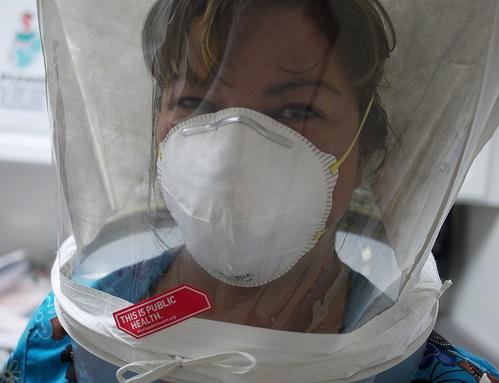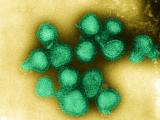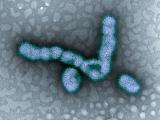The US Department of Health and Human Services (HHS) yesterday released a major update to its pandemic influenza plan, designed to guide preparedness activities over the next decade.
The plan reflects lessons learned during the 2009 H1N1 pandemic, acknowledges preparedness gaps, and sets a broader vision that incorporates new technology and changes to healthcare delivery.
In 2005, HHS released its first pandemic influenza plan, which went through interim updates in 2006 and 2009.
The original plan was geared toward a more severe scenario and set a goal of delivering pandemic vaccine within 6 months of a pandemic declaration. The new document incorporates lessons learned from the 2009 H1N1 pandemic, which resulted in a less severe event. It also spells out the goal of having the first vaccine doses ready within 3 months of pandemic strain emergence, along with approved broad-spectrum antivirals.
HHS said though the plan mainly address pandemic influenza, officials recognize that planning for pandemic and seasonal influenza are interdependent given the constantly changing nature of flu viruses—for example, mismatches between circulating seasonal strains and vaccines create tough challenges for managing seasonal flu.
Seven key domains
The 2005 pandemic plan covered four main pandemic response elements. Expanding on those, the new version focuses on seven domains, each with a set of goals, objectives, and key steps. The domains are:
- Surveillance, epidemiology, and lab activities
- Community mitigation measures
- Medical countermeasures (diagnostic tests, vaccines, treatments, and respiratory devices)
- Healthcare system preparedness and response
- Communications and public outreach
- Scientific infrastructure and preparedness
- Domestic and international response policy, incident response, and global partnerships
HHS said the updated domains reflect an end-to-end systems approach to improving the way preparedness and response are integrated across sectors and disciplines, while remaining flexible. "This more nuanced and contemporary approach recognizes the interdependence of domain areas, which should lead to a better understanding of how the system functions as a whole."
The list of actions steps seems daunting, especially given competing demands for limited resources, HHS said. "However, one major achievement of the past decade is that HHS now leverages its seasonal influenza monitoring and response mechanism as a platform to address influenza viruses with pandemic potential."
Countermeasure specifics
Under the surveillance domain, HHS said, for example, that estimates of flu vaccine effectiveness (VE) are important for refining policies and composition of seasonal flu vaccines and that the department will develop and implement systems to track the effectiveness of pandemic vaccines, alone or in combination with their seasonal flu counterparts. It added that HHS will double the number of domestic sentinel sites used to gauge annual flu VE.
One of the key actions is to support the development and licensure of more effective flu vaccines, with the goal to get new vaccines to at least phase 3 clinical trials within the next decade.
Regarding antivirals, HHS said a pandemic triggered by a drug-resistant virus would pose an unprecedented challenge to the public health system, and goals include supporting multiple safe and broad-spectrum medications for seriously ill patients, including children.
Other preparedness steps
In discussing health system roles and capacity, HHS said key action steps, for example, will be to leverage healthcare coalitions to serve as communication hubs and to work with health systems to keep people home during public health emergencies while providing care, incorporating, when appropriate, nurse triage lines or telemedicine.
Under the science infrastructure domain, HHS said it would establish and validate tools, including protocols, agreements, and procedures, to ease the scientific response before and during a pandemic. Also, it said another step is to expand clinical trial networks and regulatory processes for evaluating vaccines and drugs used to address seasonal or pandemic flu outbreaks.
Planning resources
As part of the 52-page update, HHS included tools for pandemic planning, such as a list of planning assumptions, including a table to estimate pandemic severity, transmissibility, and illness burden.
Also, it includes frameworks for guiding planning and response, addressing pandemic intervals, and assessing influenza and pandemic severity.
See also:
Jun 15 HHS Pandemic Influenza Plan




















